-
- NASDAQ: CCLD $3.04
- 1-877-342-7517
Have you ever wondered how your doctor gets paid for the services they provide to you? Or how your health insurance company knows what to cover and what to charge you? The answer lies in a process called medical coding.
But medical coding is not just about numbers and money. It is also about accuracy and quality. Medical coding helps to document your health history, track the outcomes of your treatment, and improve the delivery of healthcare services. Medical coding also helps to protect your privacy and security by using codes instead of personal details.
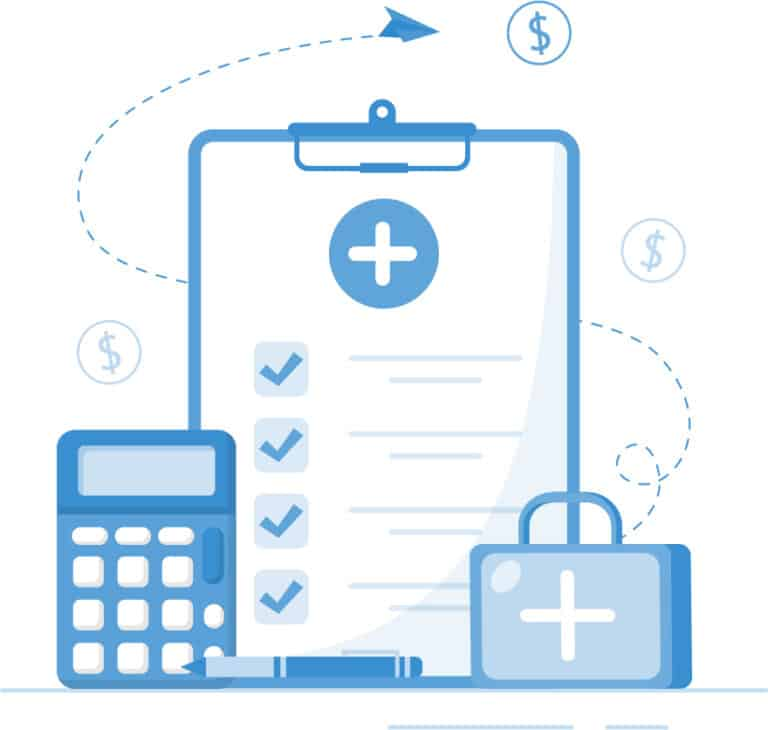
Medical coding involves assigning standardized codes to medical diagnoses and procedures. These codes are used by healthcare providers, insurance companies, and government agencies to document and bill for medical services accurately. Medical coders use specialized coding systems to translate medical information into codes that can be easily understood and processed.
Medical coding is crucial in the healthcare industry because it ensures that healthcare providers are reimbursed correctly for the services they provide, helps to streamline the billing process, and reduces the risk of errors or fraud. Accurate medical coding also maintains the integrity of medical records and facilitates communication between healthcare providers. Choosing the right partner for coding services is essential—top medical coding companies like those listed here can support providers in maintaining accuracy and efficiency. To summarize:
This is a global standard for classifying diseases, injuries, symptoms, and causes of death. It is used for epidemiological, statistical, and clinical purposes. The current version is ICD-10.
This is a system developed by the American Medical Association (AMA) for describing medical procedures and services performed by physicians and other healthcare providers. It is used for billing and reimbursement purposes. The current version is CPT 2021
This system is maintained by the Centers for Medicare & Medicaid Services (CMS) for coding medical equipment, supplies, drugs, and non-physician services. It is used for billing Medicare and Medicaid programs. It consists of Level I (CPT codes) and Level II (national alphanumeric codes).
C1823 – Generator, neurostimulator (implantable), non-rechargeable, with transvenous sensing and stimulation leads 33249 – Insertion or replacement of permanent pacing cardioverter-defibrillator system with transvenous lead(s), single or dual chamber A4221 – Supplies for maintenance of drug infusion catheter, per week. (list drug separately).
Medical coding plays a crucial role in the healthcare industry by ensuring accurate billing and reimbursement for medical services. It helps to streamline the billing process and reduce the risk of errors or fraud. Medical coders work closely with healthcare providers to ensure that medical records are accurately coded and that claims are submitted correctly.
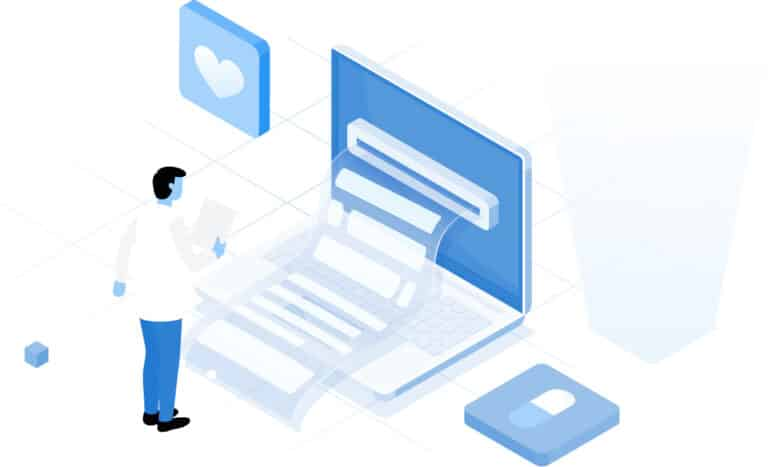
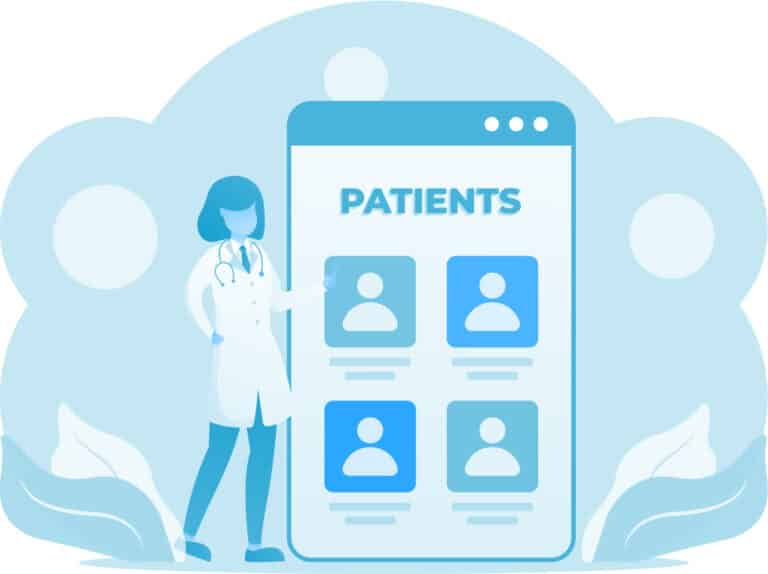
Medical coding is a vital part of the healthcare industry that ensures accurate documentation, billing, reimbursement, analysis, and research of medical coding services. Medical coders play a key role in translating medical information into standardized codes that various stakeholders can easily understand and process. Medical coding is a challenging but rewarding career that requires specialized knowledge, skills, and resources. Medical coding is also a dynamic field that will continue to grow and evolve with the healthcare industry
In the healthcare industry, processing claims for medical services involves the closely related fields of medical billing and coding. Medical coders focus on assigning codes to medical diagnoses and procedures through the process of Medical Coding. Medical billers then use these codes to create claims for reimbursement from insurance companies or government agencies.
Medical billing and coding are essential for the smooth functioning of the healthcare industry. They help to:
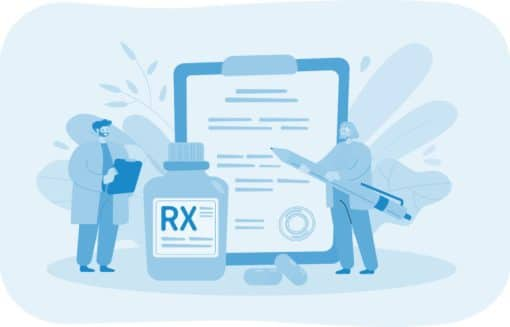
In healthcare, medical coding and billing are critical functions ensuring efficient and accurate medical claims processing. While medical billing and coding are closely related, the two fields have some key differences. Medical billing involves creating claims for reimbursement based on the codes assigned by medical coders. On the other hand, medical coders focus on assigning codes to medical diagnoses and procedures based on information provided by healthcare providers.
According to the Bureau of Labor Statistics (BLS), the median annual wage for medical records and health information technicians, which include medical coders and billers, was $44,090 in May 2020. However, the salary may vary depending on the level of education, experience, certification, and location of the workers. According to AAPC, the average salary for certified medical coders in the US was $57,201 in 2020.
One of the main challenges of Medical Coding and billing is the complexity of medical terminology and coding systems. Medical billers and coders must understand and apply various rules and guidelines to ensure accurate and compliant coding and billing. They also need to keep up with changes in the healthcare industry, such as new codes, regulations, technologies, and trends.
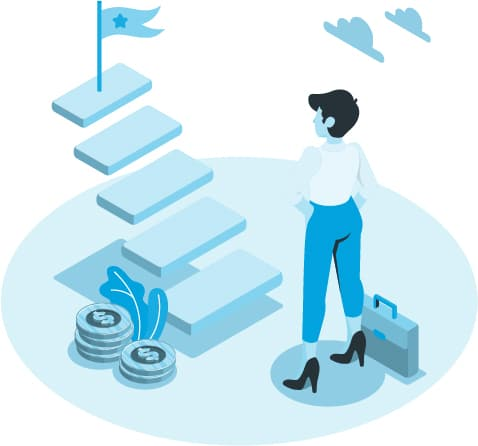
Medical billing software is vital for any medical practice or healthcare provider wanting to optimize their revenue cycle management and streamline their billing and Medical Coding processes. Medical billing software automates creating, submitting, tracking, and collecting payments for medical services rendered by physicians, hospitals, clinics, and other healthcare providers.
By using medical billing software, healthcare providers can enjoy many benefits such as:
Medical billing software is beneficial not only for healthcare providers but also for patients, payers, and the overall healthcare system. Medical billing software can help improve the quality of care, reduce administrative costs, increase transparency and accountability, and promote better health outcomes.
Medical billing software can help improve the efficiency and accuracy of medical billing by:
Medical billing software can also help enhance the patient experience and satisfaction by:
Medical billing software has revolutionized how healthcare providers manage their revenue cycle, including Medical Coding, and billing processes, improving efficiency, accuracy, and profitability. By automating tasks such as claim submission, payment tracking, and patient communication, medical billing software has enabled healthcare providers to focus on what matters most – providing quality patient care.
As the healthcare industry continues to evolve, medical billing software will undoubtedly play an increasingly important role in shaping the future of healthcare delivery and payment.
We’re Here to Help
Our experts are ready to assist
you in real-time.
